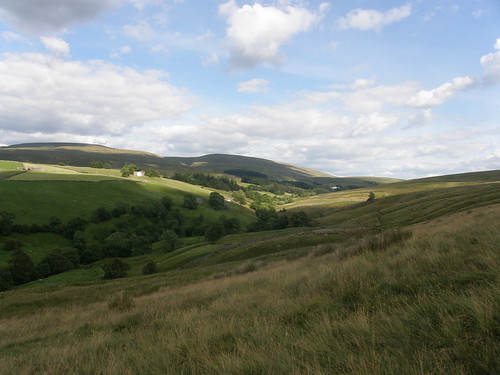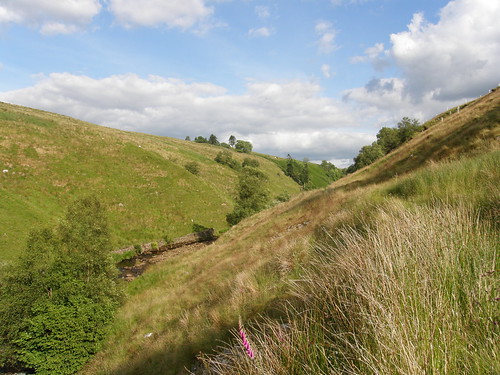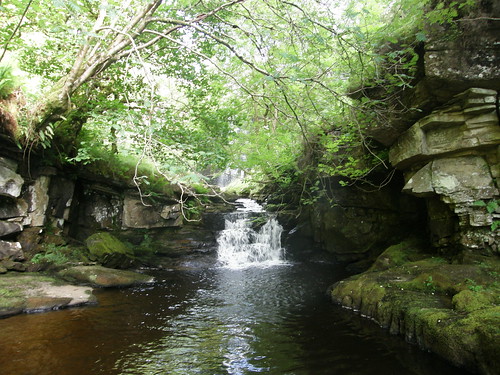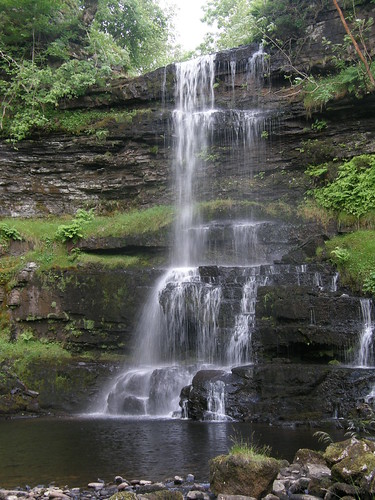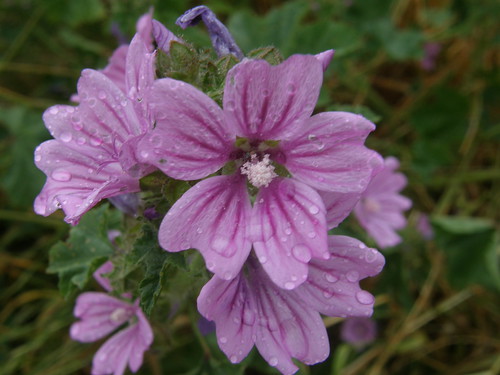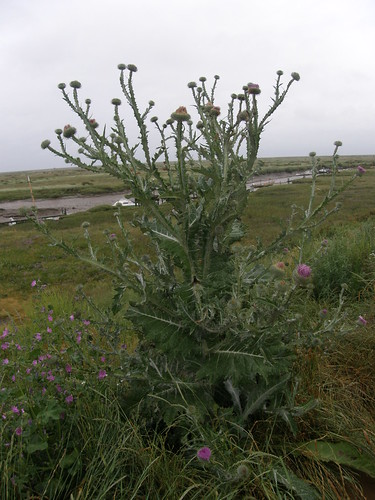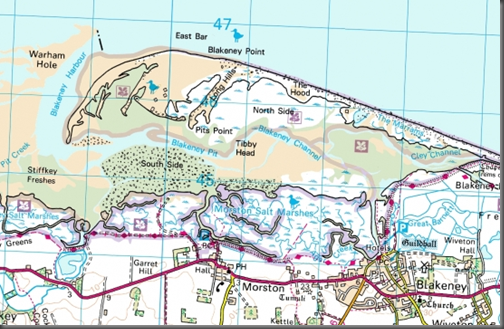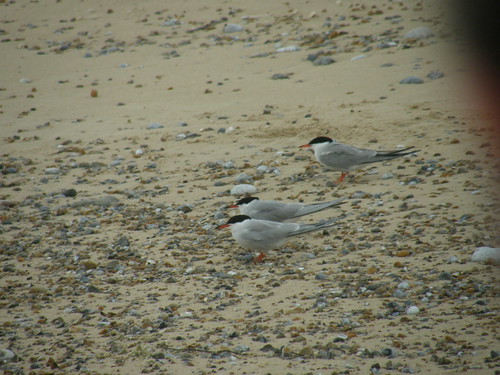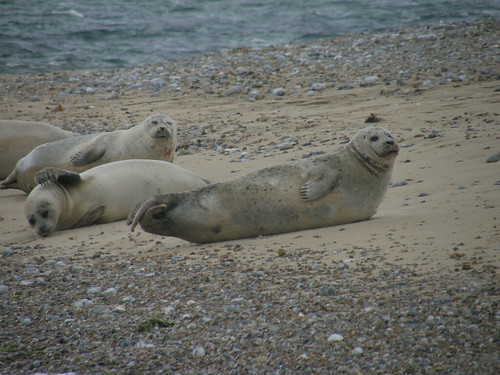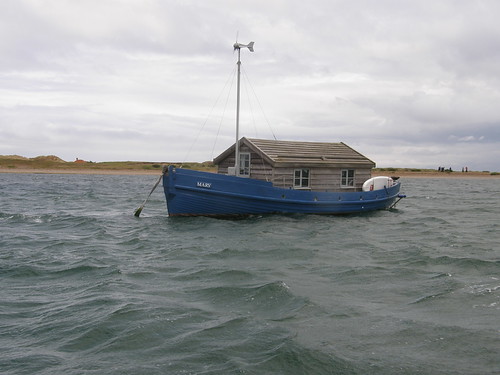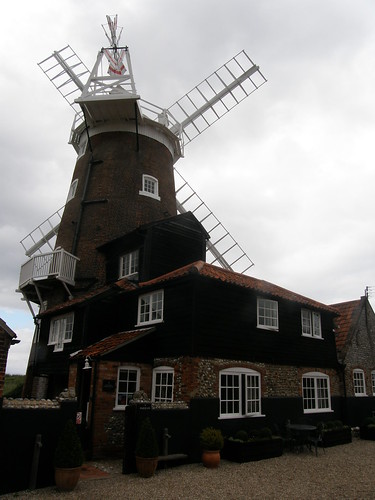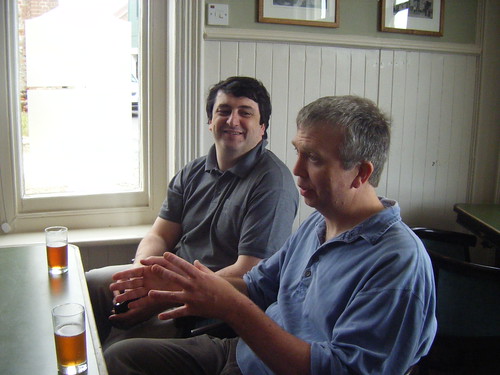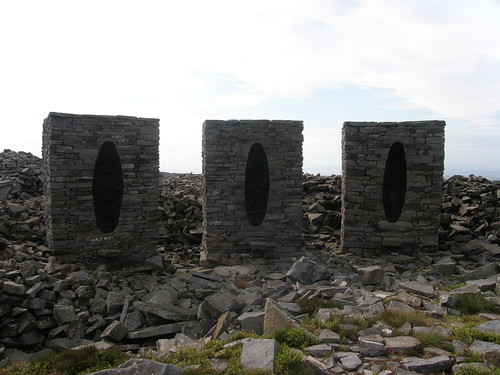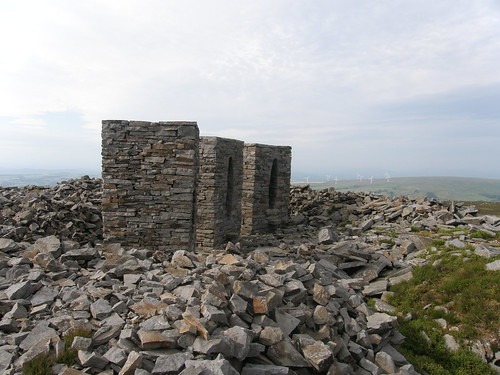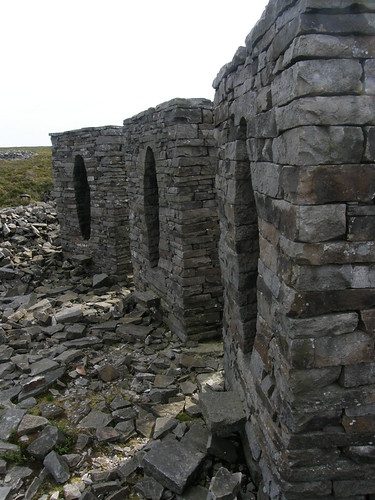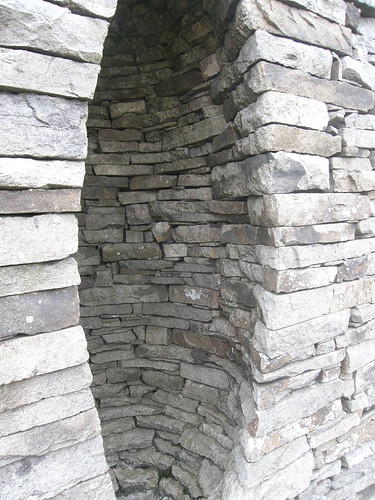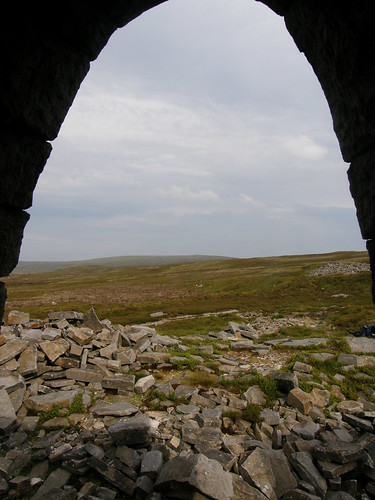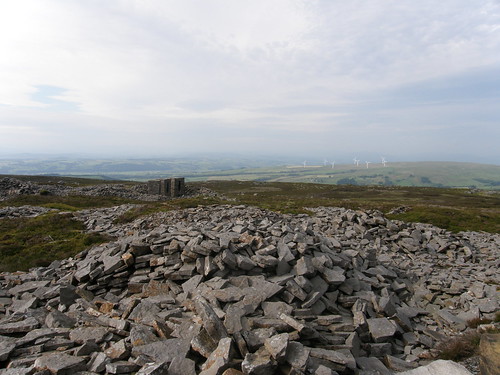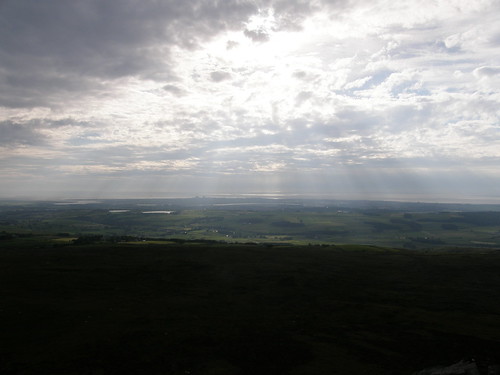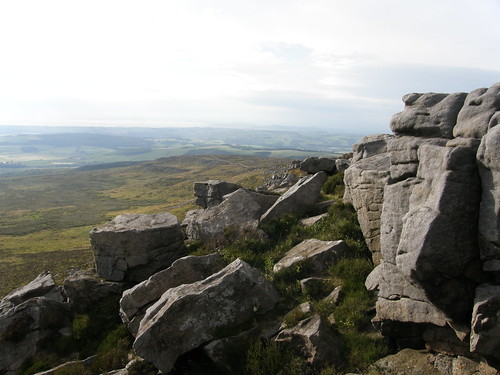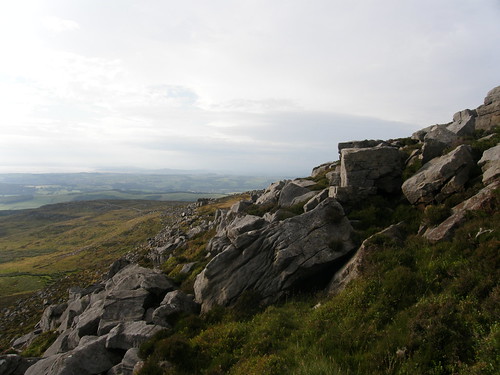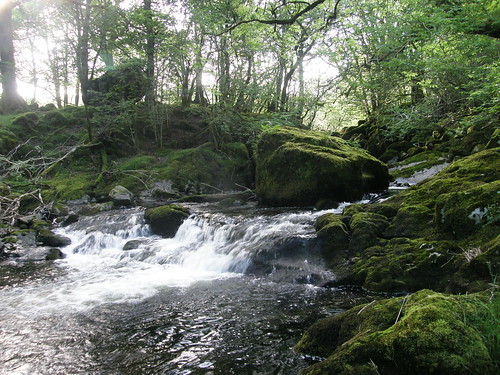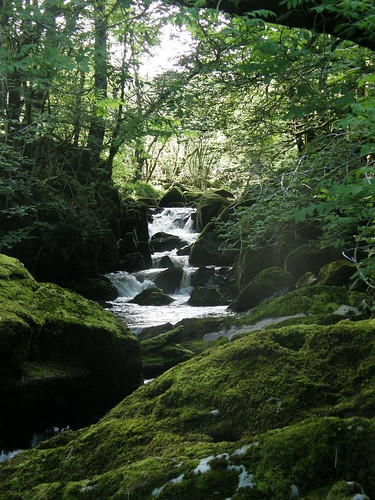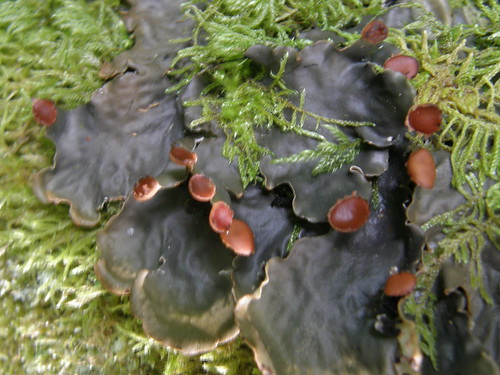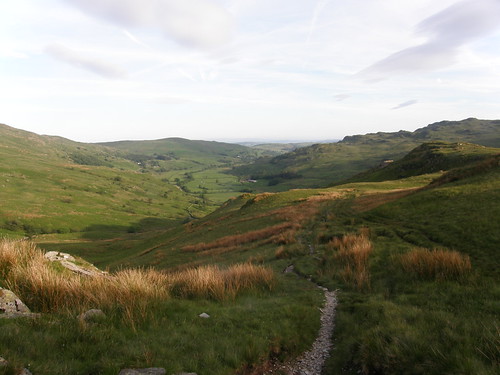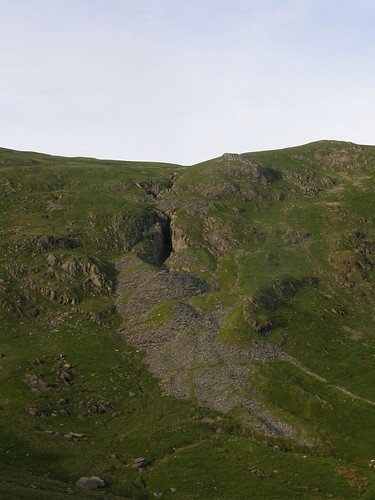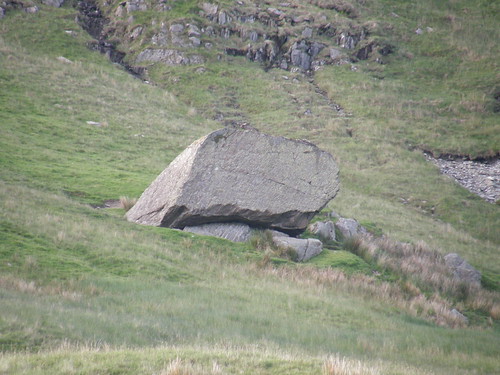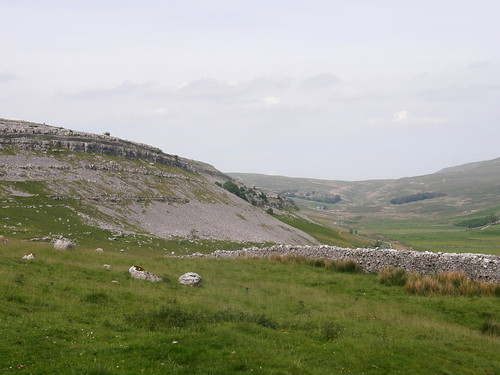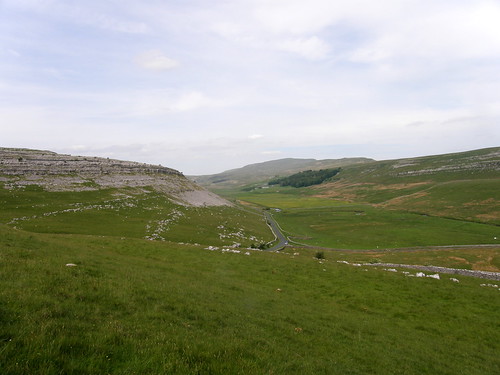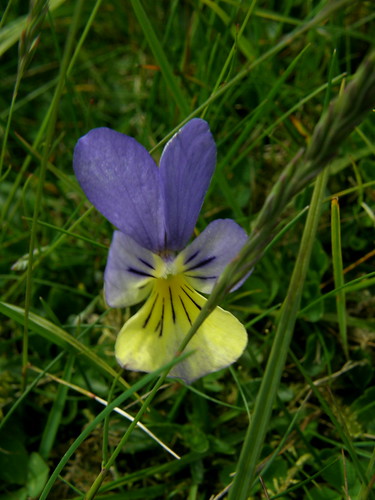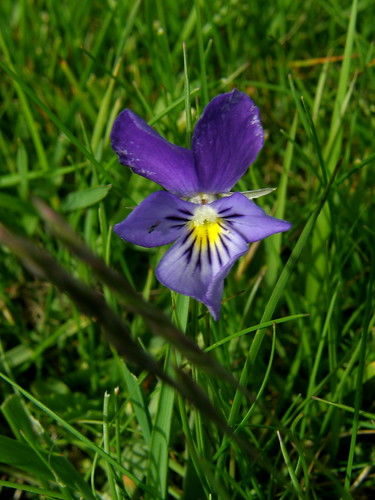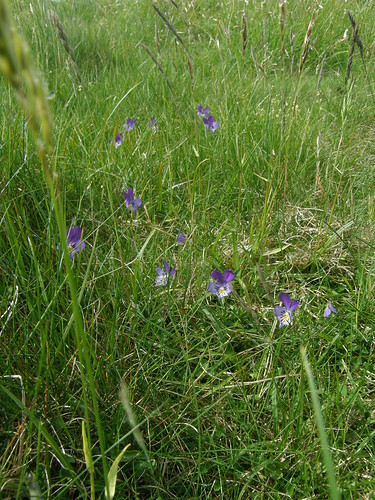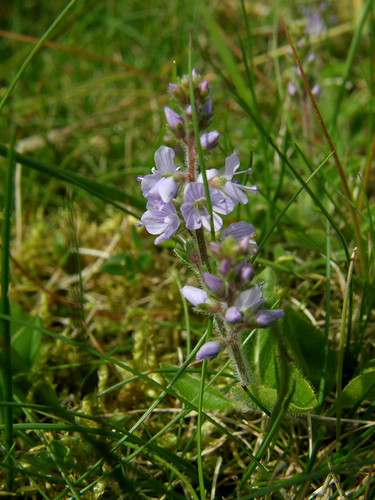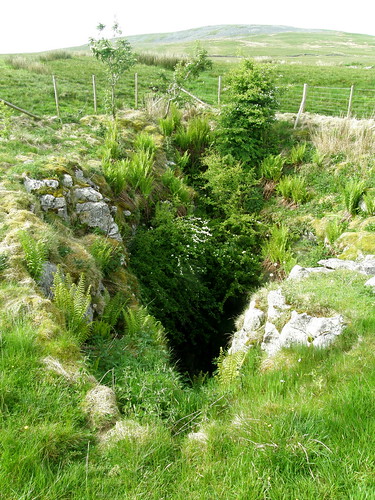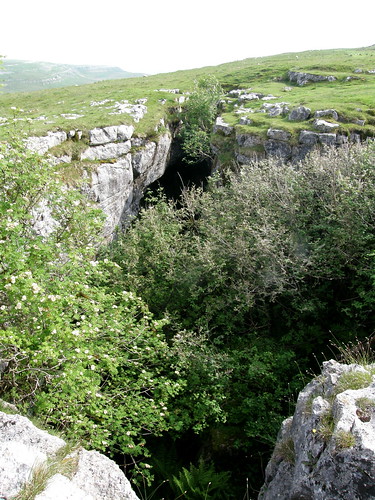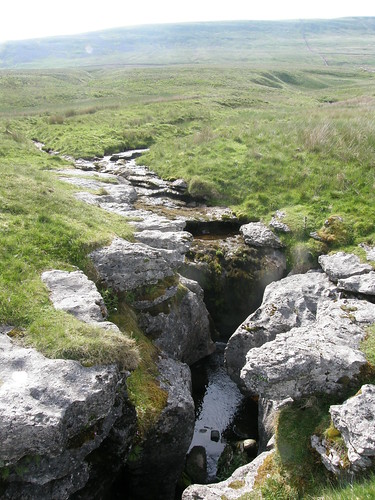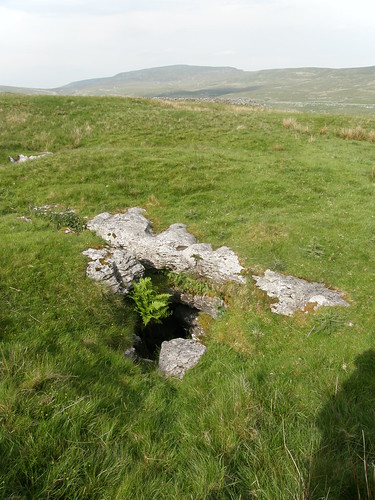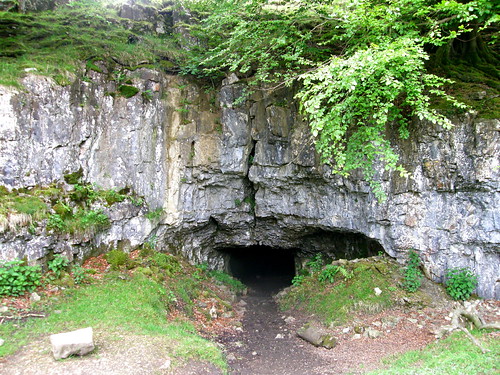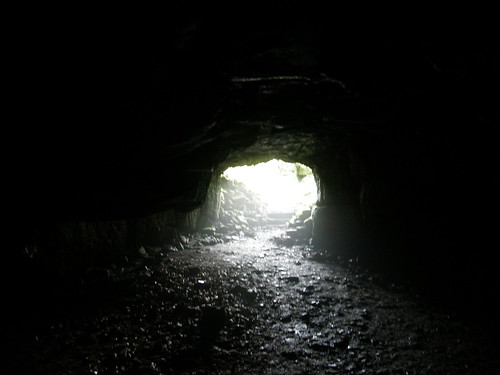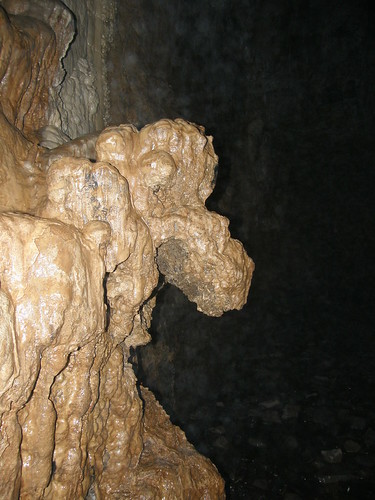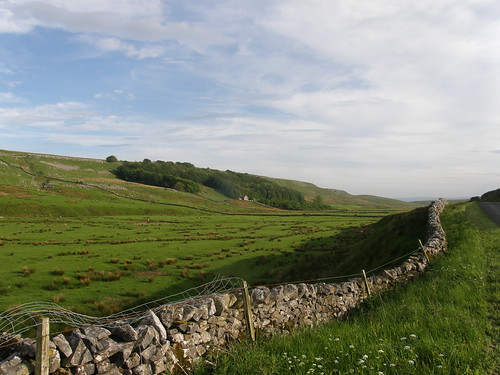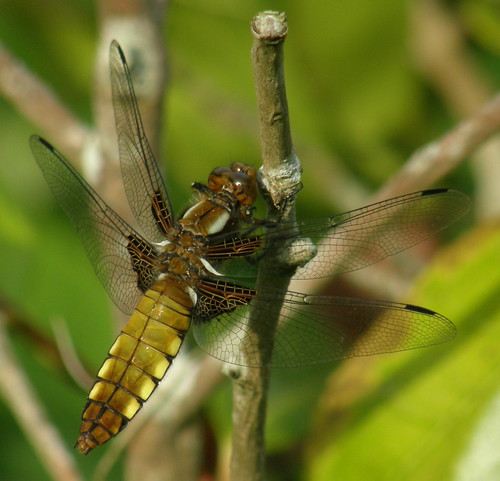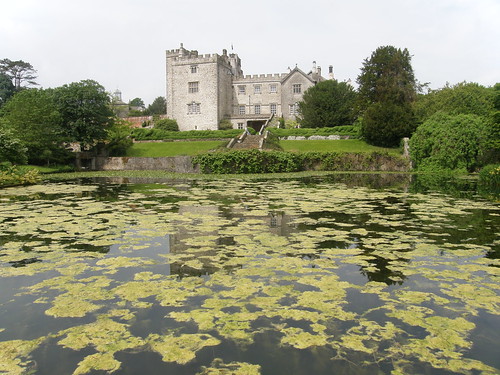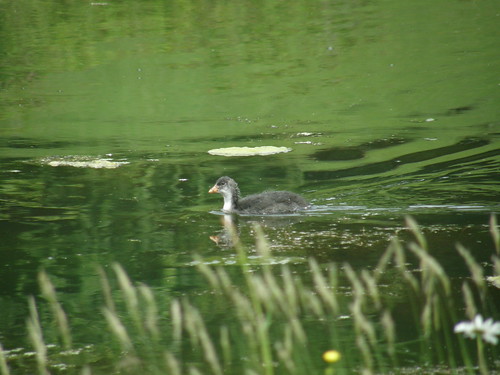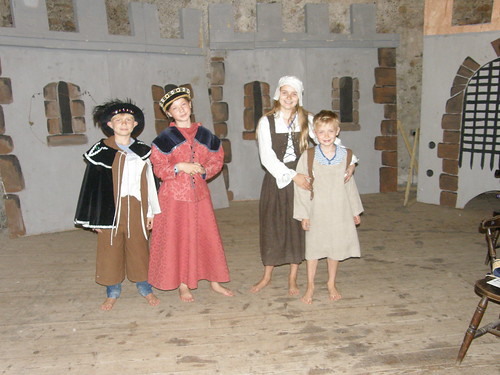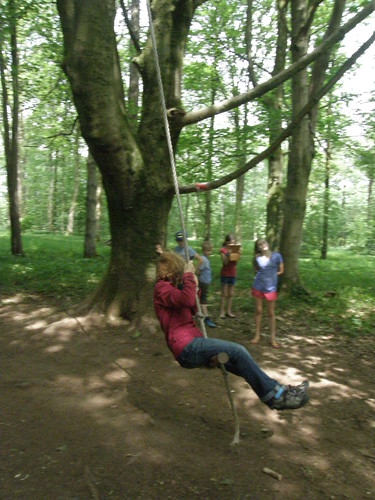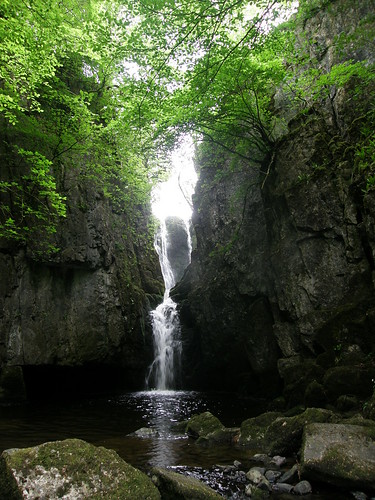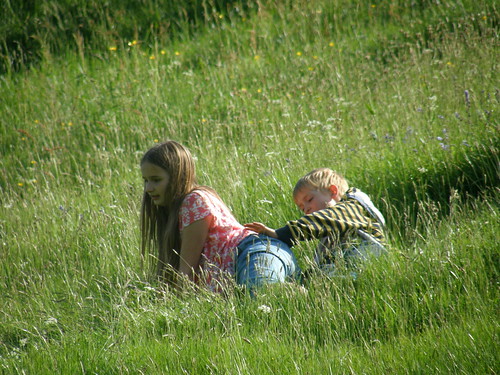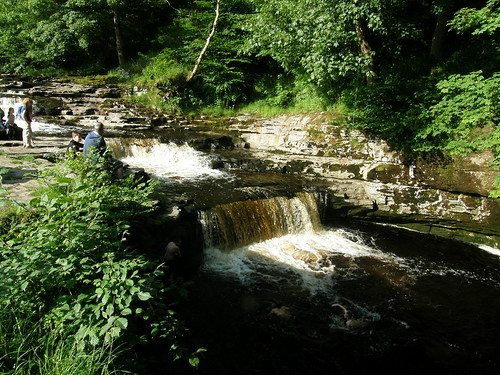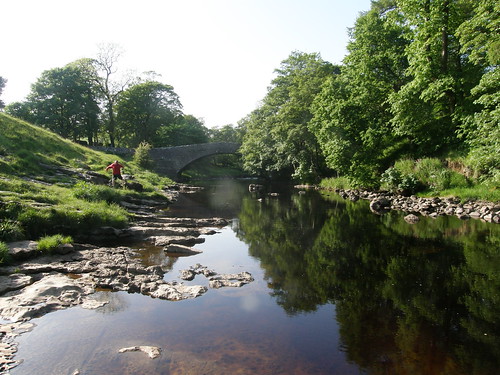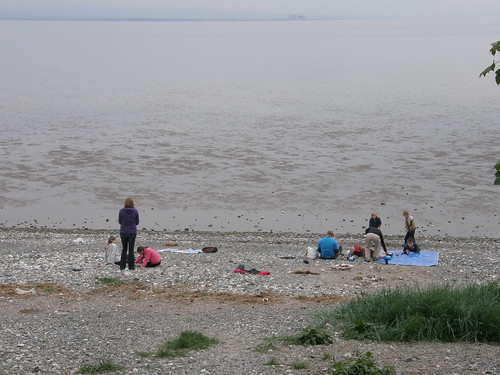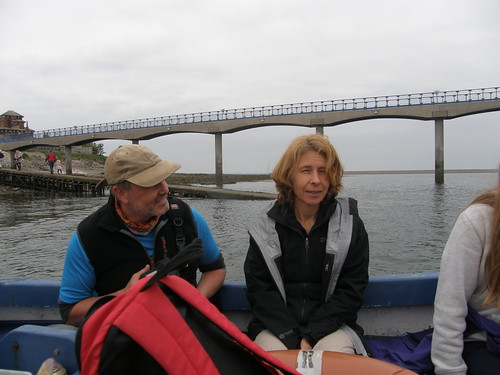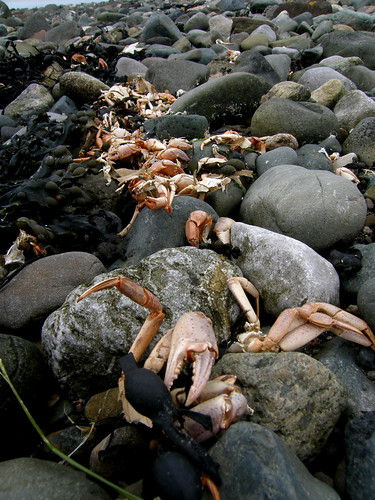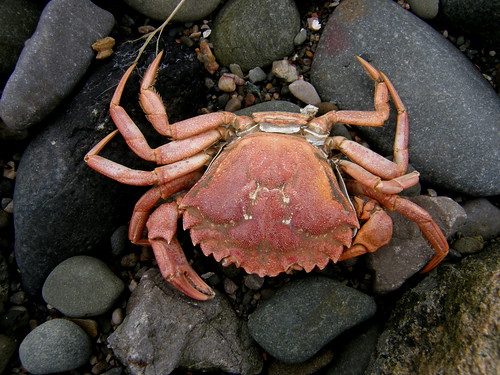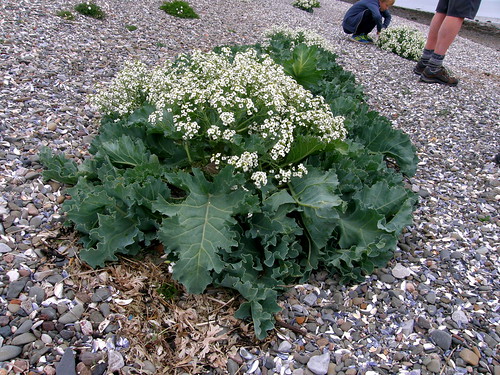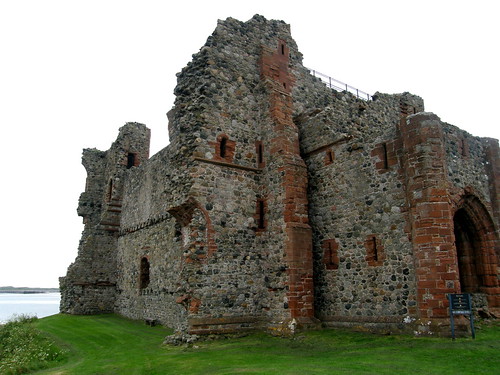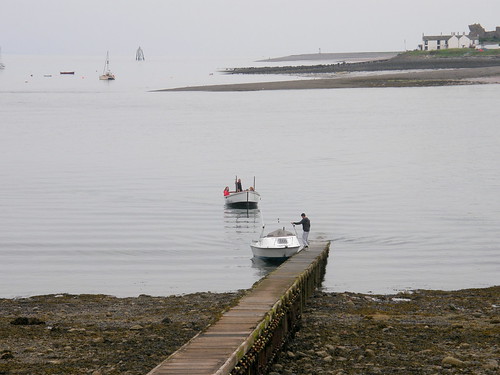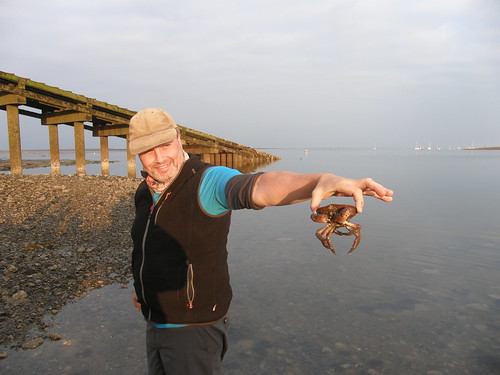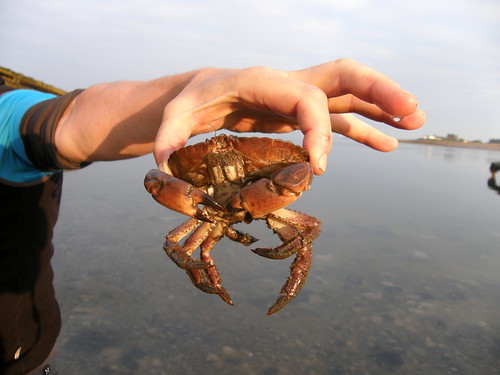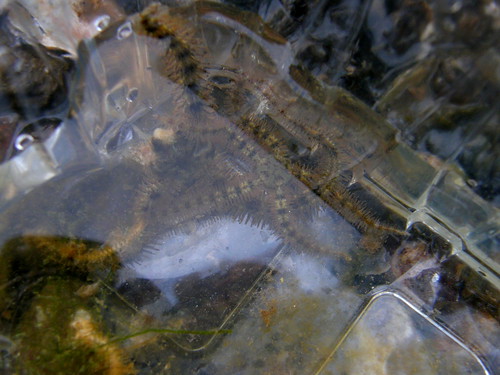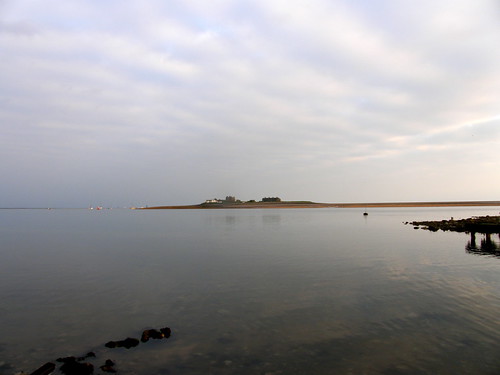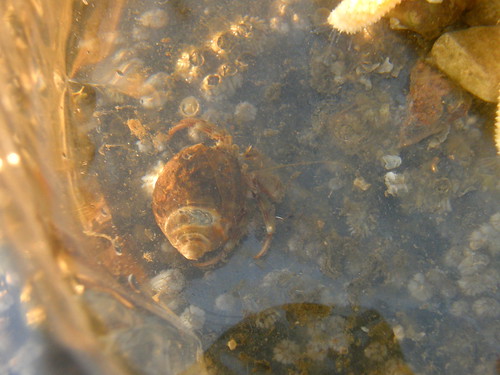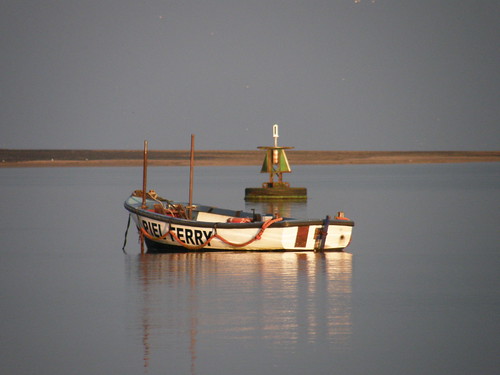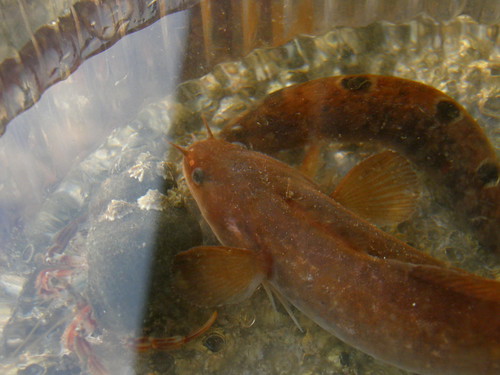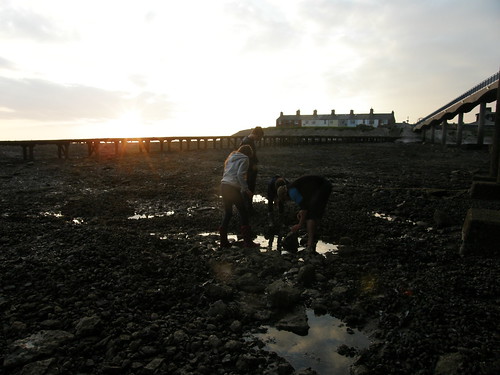Perhaps I should say something about the meticulous planning which goes into my post-work, evening walks; indeed into all of my walks. Since it was almost two months ago, I can’t recall this in exact detail but it goes a little something like this:
Me: “Oh, none of the kids need ferrying around tomorrow do they, I could go for a walk after work.”
TBH: “You could.”
Since we will have been either already in bed at this point, or on the way there, I won’t have done anything about this nascent plan. The following morning, on my way out of the door, possibly even on time for once, I remembered the projected walk and hastily grabbed a few bits and pieces – a pair of shorts and a t-shirt, some shoes, my rucksack which hopefully would have my waterproofs in it, my camera, a water bottle, maybe a packet of nuts and a collection of maps. The maps are a constant – OL7, OL2, OL19 and OL41 – my way of keeping my options open, or, to put it another way, of putting off making a decision.
On this particular occasion, I still hadn’t made up my mind when work finished. I asked a colleague in the staffroom, who I know to be a keen walker herself:
“Where should I go for a walk this evening: Lakes, Dales, Howgills or Bowland?”
So it was that I found myself pulling into the the little car-park near Rawthey Bridge on the eastern side of the Howgills, with the intention of having a walk up to Cautley Spout, but when it dawned on me that the east facing slopes of the Howgills had already seen the last of the sun for the day, I decided to head the other way instead.
I took the old road (seen above), above the River Rawthey, across the slopes of Bluecaster and into Uldale.
I had the idea that I would follow the river all the way up onto Baugh Fell, which I’ve never climbed before. But my plans are always fluid – I’d also wondered whether it might be possible to divert into Whin Stone Gill and follow that up towards Swarth Fell.
These waterfalls put me off that plan however. That second fall could probably be scrambled, but it looked wet and vegetated and not the least bit inviting.
So: carry on up the Rawthey. This little fall….
…looks like it might be a bit off an impasse, but in fact there’s a well used path which goes around to the right here, just above the rocks on the edge of the photo.
Just above there is Uldale Force, which deserves to be better known than I suspect it is. It’s a fair sized waterfall, and the cliff curves around to either side for quite a way. I’m not sure that my photos really do it justice. I used to come this way up onto Wild Boar Fell quite often and I always wondered whether this was a collapsed cave.
Again, this can be circumvented on the right, although the ground is very steep, and if I had the kids with me I would go back first and then up, if that makes sense.
I followed the Rawthey a little further but the sky had clouded over and my enthusiasm was waning: perhaps a 10 mile round trip on Baugh Fell was a bit ambitious for an evening? Besides – Holland were playing Argentina in the semi-final. I climbed up to the path which would take me down past Uldale House and to the minor road which I don’t seem to have entirely squeezed into the map below.
I was home in time for the second half, despite dithering for a good 15 minutes on the way down, trying fruitlessly in the poor light to photograph a pair of grey wagtails.
